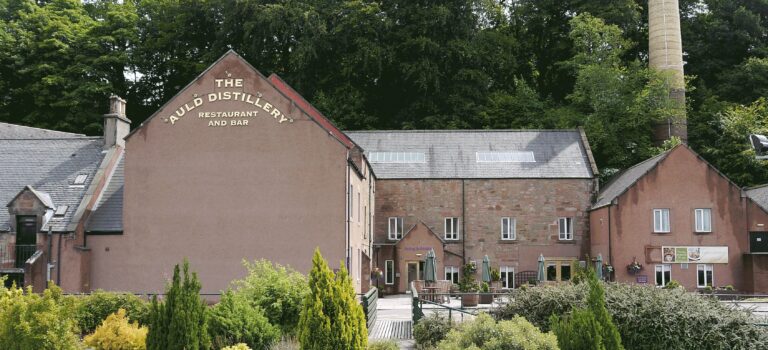Millburn Distillery, Inverness’ eldest among three (with Glen Albyn and Glen Mhor), traces its origins to a farm distillery alongside a river powering mill wheels, likely predating legal recognition. Though achieving legal status between 1805 and 1807, it remained inactive. A revival in 1825, led by inexperienced owners, faltered amidst the 1823 Excise Act’s challenges, closing in the 1850s, reverting to a flour mill. Rekindled in the 1870s by David Rose, it flourished under his son George’s management until the Haigs acquired it in 1892. Passing through several hands, including Booth’s and DCL, it ceased operations in 1985 due to the whisky surplus. Attempts at revival were thwarted in 1990, with the site repurposed as ‘The Auld Distillery,’ yet the potential for a micro-distillery remains, a tribute to Inverness’ legacy. We try today a Millburn 1978 bottled by Gordon & Macphail.
Read more
